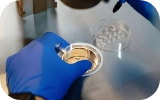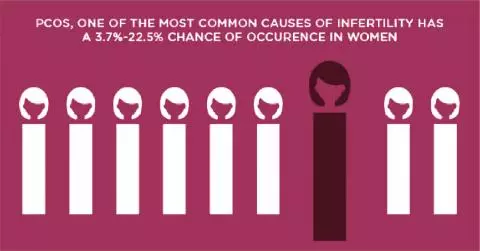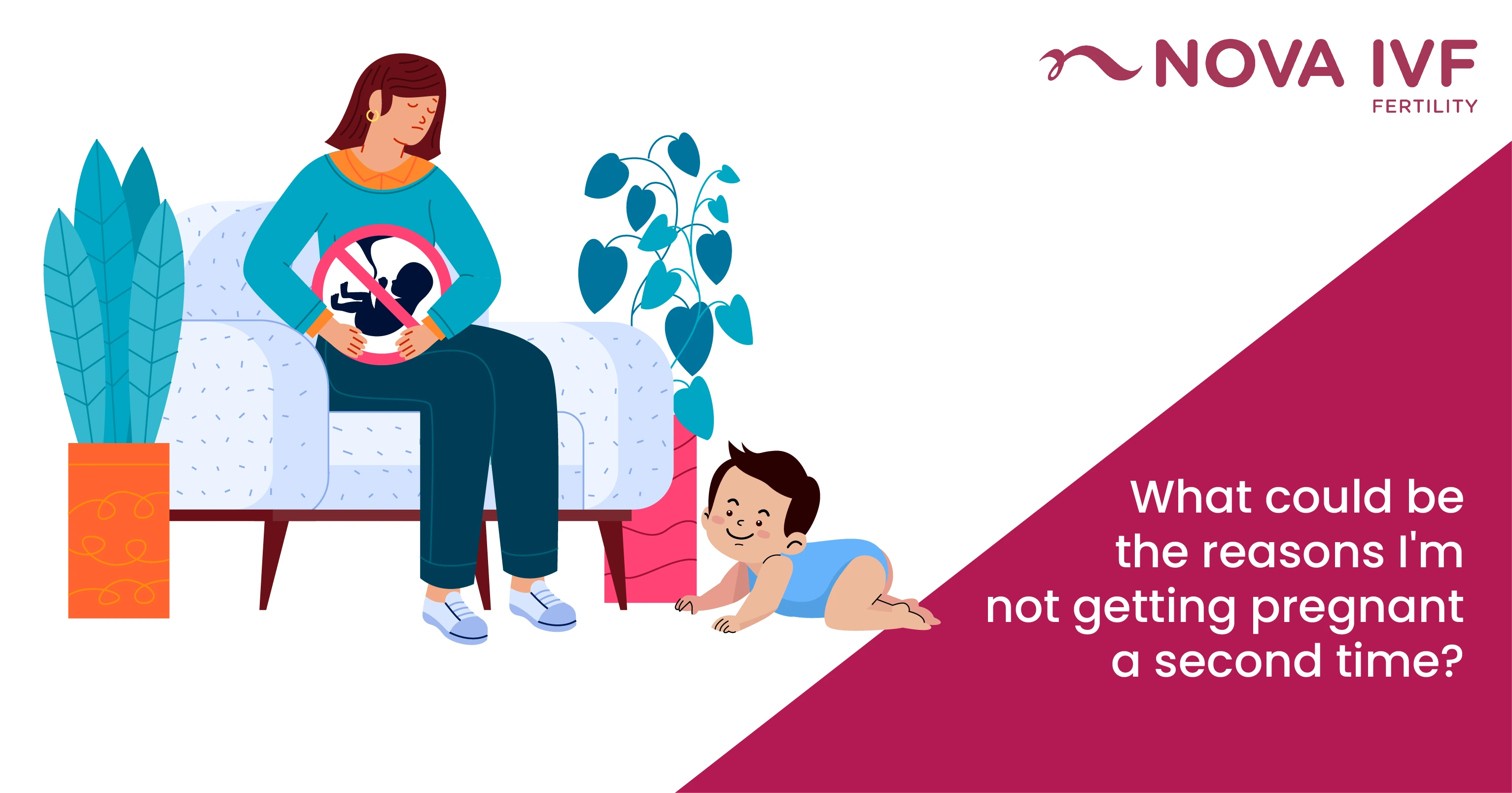Types of Uterine Abnormalities
Generally, in a female foetus, the uterus is formed from two ducts in the abdomen called the Müllerian ducts. These tubes fuse together to form the hollow uterus in a child's body. In case of any defect, the shape of the uterus is deformed. Following are the different types of uterine abnormalities found in women:
- Agenesis or Hypoplasia: Uterus does not develop completely in the embryo stage and is either very small or absent in women.
- Unicornuate Uterus: In this case one of the Müllerian ducts fails to develop and only one side of the uterus is formed.
- Uterus Didelphys: Sometimes women tend to have two uteruses, more than one cervix, and even two vaginas because the Müllerian ducts fail to fuse and cause such a deformity.
- Bicornuate Uterus: A heart-shaped uterus with two horns develops as the Müllerian ducts fuse at the bottom not at the top, causing such a uterine deformity.
- Septate Uterus: In this case, the barrier (called the septum) between Müllerian ducts fails to disappear when they fuse, leaving behind a uterus that is divided fem the middle.
- Arcuate Uterus: The top portion of the uterus develops lower than its usual place because a little bit of the septum remains on the top where the Müllerian ducts fuse. This deformity does not pose any threat to the reproductive health of women.
Thus, incomplete fusing of Müllerian ducts is one of the causes of uterine abnormalities. To identify uterine deformity, doctors perform X-ray, hysteroscopy, MRI, or abdominal ultrasound. When it comes to pregnancy, bicornuate and septate uterus causes trouble to pregnant women, and they need surgical treatment for future pregnancies.
 Infertility Counselling
Infertility Counselling Female Infertility Treatment
Female Infertility Treatment Andrology Treatment
Andrology Treatment Fertility Enhancing Surgeries - Female
Fertility Enhancing Surgeries - Female Fertility Enhancing Surgeries - Male
Fertility Enhancing Surgeries - Male Endoscopy Treatment
Endoscopy Treatment IUI Treatment
IUI Treatment IVF Treatment
IVF Treatment ICSI Treatment
ICSI Treatment Advanced IVF Solutions
Advanced IVF Solutions Embryology
Embryology Vitrification Egg, Embryo, Sperm Freezing
Vitrification Egg, Embryo, Sperm Freezing Preimplantation Genetic Testing (PGT)
Preimplantation Genetic Testing (PGT) Donation Program Embryo / Egg / Sperm
Donation Program Embryo / Egg / Sperm Self-cycleTM IVF
Self-cycleTM IVF

 Self-cycleTM IVF
Self-cycleTM IVF











